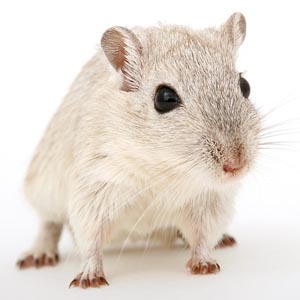 Smart Citations
Smart CitationsSee how this article has been cited at scite.ai
scite shows how a scientific paper has been cited by providing the context of the citation, a classification describing whether it supports, mentions, or contrasts the cited claim, and a label indicating in which section the citation was made.
Behavioural studies on crude Ethanol leaf extract of Cadaba farinosa Forssk. in mice
Cadaba farinosa Forssk. (Capparaceae) is found all over the world, mostly in tropical and subtropical areas. It is used to treat pain, dysentery, rheumatism, cough, and fever, as well as an antidote and in the treatment of neurological disorders. In mice, the median lethal dose (LD50) of Crude Ethanol leaf Extract (CEE) of Cadaba farinosa was found to be 2154.1 mg/kg body weight. The presence of alkaloids, anthraquinones, carbohydrates, cardiac glycosides, flavonoids, glycosides, saponins, and tannins was discovered during a preliminary phytochemical analysis of the dark gummy mass crude extract. The CEE was then put through pharmacological testing on mice. In mice, diazepam-induced sleep, beam walking, and hole-board assays were used to investigate behavioral activities. CEE of Cadaba farinosa had no effect on the onset of sleep in mice when given at the tested doses of diazepam. In contrast, it significantly increased sleep duration at all doses tested (75 mg/kg p 0.001, 150 mg/kg p≤0.05, and 300 mg/kg p≤0.01). The CEE significantly (p≤0.01) increased the number of foot slips in the Beam walking assay at a dose of 150 mg/kg. Similarly, diazepam at 0.25 mg/kg increased the number of foot slips significantly (p≤0.001). The extract at a dose of 300 mg/kg and diazepam increased the time required to complete the task significantly (p≤0.05). At 150 mg/kg (p 0.01) and 300 mg/kg (p≤0.05), the hole-board experiment significantly reduced the number of head dips. In contrast, the standard drug (diazepam) had no discernible effect on the number of head dips. These findings suggest that CEE and Diazepam at the highest dose significantly affected the behaviour of mice in the beam walking assay. Thus, the extract showed no activity on the onset of sleep but significantly prolong duration of sleep at the tested doses. The CEE significantly produced a decrease in the exploratory behavioural pattern, indicative of the fact that CEE possesses sedative property.
How to Cite
PAGEPress has chosen to apply the Creative Commons Attribution NonCommercial 4.0 International License (CC BY-NC 4.0) to all manuscripts to be published.







